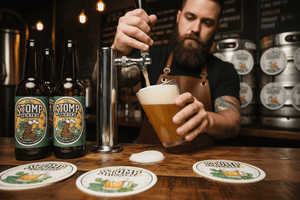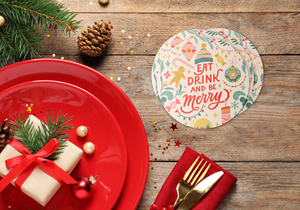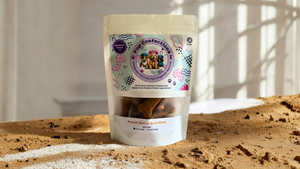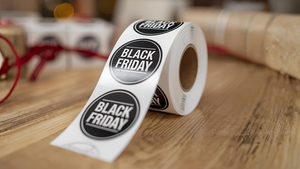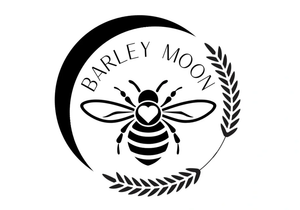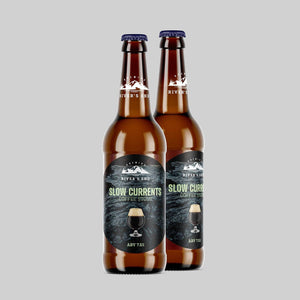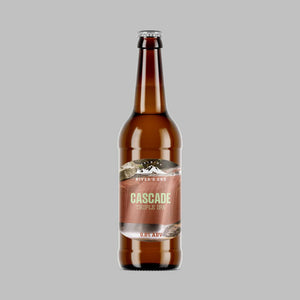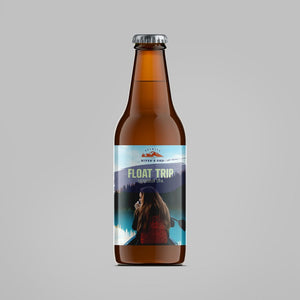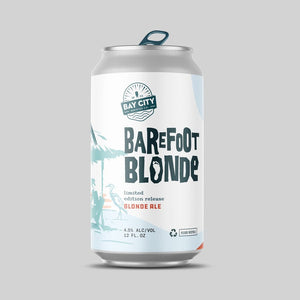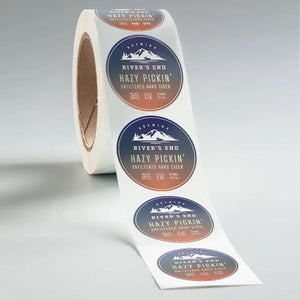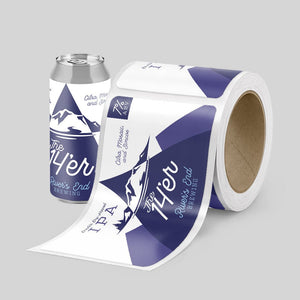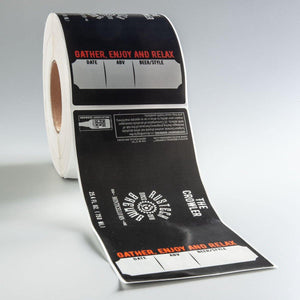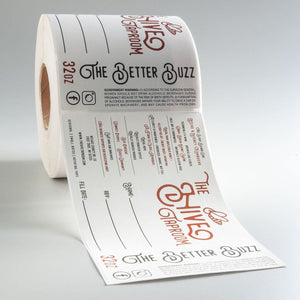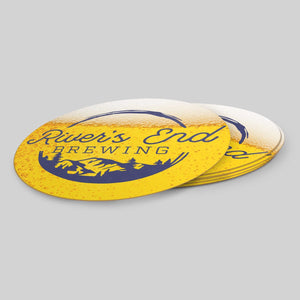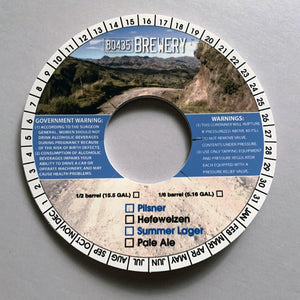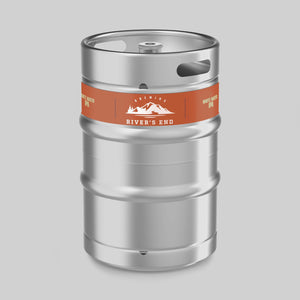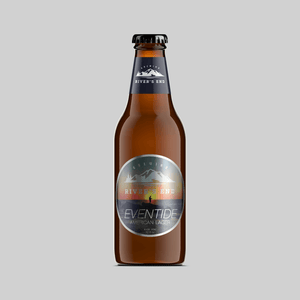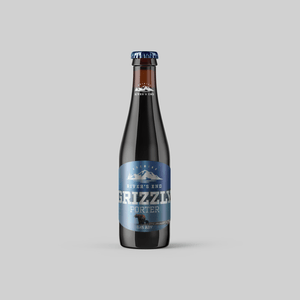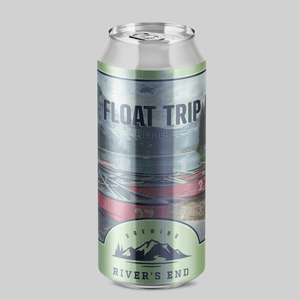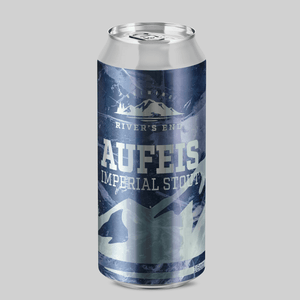Top 6 Things You Need on Your Beer Labels to Stand Out

In the last decade, craft breweries have exploded onto the scene. Driven by state grants and high margins yielded by direct sales, craft breweries are giving “big beer” a run for its money, all the while, challenging the status quo. And if you’ve walked into any brewery or local craft beer store recently, you know this includes packaging design.
Gone are the days of simple labels featuring the brand name and logo, breweries are now commissioning artists to design their cans and creating labels that truly reflect who they are as a brand.
But what is it about a label that makes us want to buy a product? Why are people spending so much time and money on something that seems so basic?
It’s fairly simple. Humans are highly visual and story-oriented creatures. We enjoy the harmonious use of design elements that paint a picture we can experience.
For brewers, this means knowing what the story is you want to tell. Before creating a beer label (color, label shape and size, typography), it’s important to know what makes your brew unique. What is the story associated with your beer? How do you want your target customer to feel when they look at your label and packaging?
Every aspect of your product from ingredients to packaging needs to tell a story and it starts with establishing your brew’s personality. So let’s take a look at what you can do to understand your brand and create that beer label that is “lager than life”.
A Hoppy Disposition: Getting to Know Your Brand
If you’re the newbie here, you can get a basic feel for your beer’s personality by answering the following questions:
- What is your product?
- Who is your customer?
- How are they buying it?
You can’t know too much about your target customer. In fact, knowing all you can about them will only make them feel like your beer is made specifically for them. As you think this through, ask yourself the following questions:
- Do they drink from a bottle or a can?
- Do they appreciate more of a classic taste or are they more experimental with their buds?
- Are they a blue-collar, kick-it-by-the-campfire kind of person or do they go to Phish shows 14 nights in a row?
These are things you need to know that will inform your branding, label, and packaging design.
Top 6 Things You Need on Your Beer Labels to Stand Out
Now that you’ve figured out your target audience, let’s take a look at the things you need to put on your beer labels that will make your customers extra hoppy!
1. Color Speaks Louder Than Words
Color may be the most important element to consider when designing your label because it inherently invokes a unique emotional quality or response. This acts as a shortcut to communicate the complexities of your beer’s personality and story quicker than any other aspect of your label’s design.
The colors you choose for your label convey a message about what your beer might taste like to a potential customer. The more bold and experimental your label, the more bold and experimental your customer might perceive your beer to taste.
Check this label from Deal with The Devil from Anchorage Brewing.

It was voted as #1 Best Craft Beer Labels of 2020 because of how it captures craft beer culture. This particular beer is made with a 17.3% ABV behemoth brewed with Galaxy hops and aged in barrels – and that’s exactly what their label conveys.
With the cans dipped in black wax and skeletal design, it literally demands attention from consumers. This beer label is so hardcore, you’ll be making deals with the devil just for a sip!
2. Size Matters
There are several ways to cut a label. Do you go for a more traditional cut or a possibly more expensive custom cut? Is it best to use one front-facing label, one label for the front and one for the back, or one big label that wraps all the way around? Then, you need to think about the label material.
Dogfish Head Brewery, located in Milton, Delaware, has designed a non-traditionally sized label that displays the signature dogfish logo as sitting on top of the square or off to the side. This label is so unique and eye-catching that it gets consumers wanting more!

Do you want something that is resistant to condensation or will paper do the trick? When determining your label size, you also want to consider the bottle or can size. You probably don’t want to choose a tiny label for a 20oz bomber.
Label design for cans has been all the rage in recent years, ranging from simple and minimalist to playful and goofy.
3. Choose a Font that Reflects Your Brand
Typography is essentially word art. You know, like fonts. It is an artfully crafted technique displaying the many ways to write a single word that can ultimately make or break a consumer’s perception of your product. While the goal is to make your beer label stand out, you also want to make sure it makes sense and is legible.
If potential customers can read the name of your product, enjoy the typography, and experience your name as part of your overall story, they will be more likely to become loyal to your brand. Also, if your company produces both bottled, canned, and growlers for your beer, the font needs to be easily transferable.
Cerebral Brewing Company in Denver, Colorado has a label that is used across these different mediums, and customers can clearly spot and read their simple, clean, trademark design. So clean, so sharp, so modern – your brain wouldn’t be able to handle it!

4. Subliminal Messaging
In the past, traditional beers followed a particular label style with the use of one prominent color, large text displaying the brew’s name, and some texture or abstract images for visual appeal.
Maybe you’re not into those bright colors and fancy-schmancy designs. Maybe you’re looking for a more clean, simple, and modest vibe to your beer labels.
Franco is a great example of a traditional beer bottle label. The rise in popularity of craft beer brings with it a refreshing overhaul of label style and imagery. The style and imagery you use will have a stronger impact if a story is associated with it.

5. Be a Wordsmith
The words you use are important because a label only has so much space. You need to be meticulous about the words you choose to have on your label; they need to accurately reflect your brand, provide customers with a consistent and harmonious experience, and be descriptive.

Leverage common beer keywords to signal to your customers that your brew is right for them. Take a look at the Newburgh Brewing Company label! This brand took advantage of the extra space on their label by providing a brief backstory of their unique brew. This label is so touching that it will move customers to tears!
6. Don’t Forget the Legal Stuff
Now, down to brass tacks. When it comes to mind-altering substances, certain legal information is required to include. For example, when labeling beer, you need the net contents (how many ounces of beer is in the bottle), alcohol content (legal requirements vary by state), size, beer class and type, address of the brewer/bottler, country of origin (for imports), and a UPC code if you plan to sell your beer in retail stores.
Seem like a lot to remember? It is. Thankfully, the TTB has put together The Beverage Alcohol Manual which breaks down what is required.
Unfortunately, the legal stuff doesn’t end at labels so it’s important to make sure you are adhering to both federal and state guidelines across the entire brewing and selling process. If you are unsure where to look, the Brewers Association has a number of resources for craft brewers.
Whether you are new to the field or a veteran brewer, keeping up with regulations, even just for labels is of the utmost importance.
Let’s Get Started With Stomp
Ok, so now that you know what you need to make your beer label stand out, it’s time to get to work designing that label. Once you have established your brew’s story and personality, then you can start to paint its picture.
When you are ready to choose your physical label, contact our support squad to help you select from our many label shapes and size options. If unique is what you are shooting for, create die-cut brewery labels using our easy art online tool and you will be well on your way to commanding attention in the marketplace.
- Marketing Team

